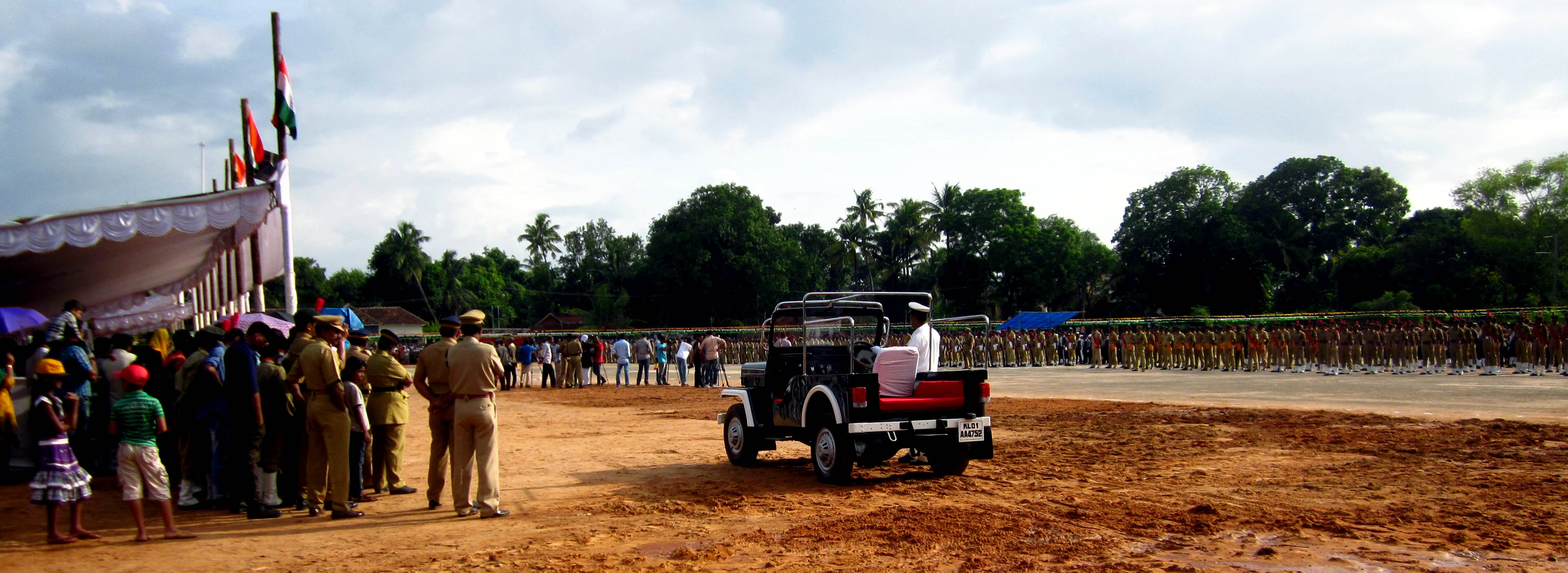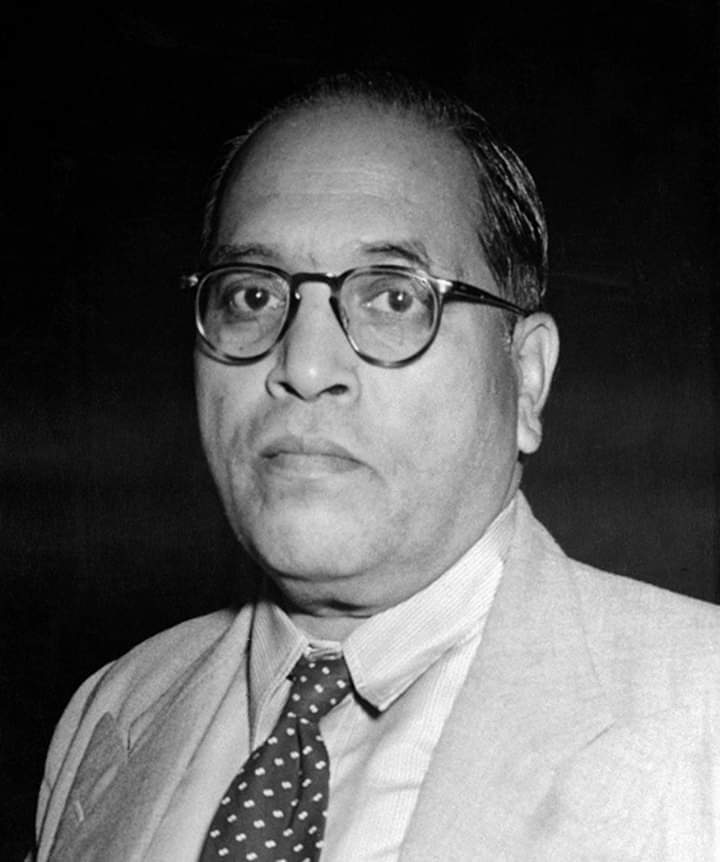-485309e0.jpg&w=3840&q=75)
Table Of Content
- Introduction
- 1. Colonial Dawn: From Trade to Tyranny (1600–1856)
- 2. First War of Independence: Revolt of 1857
- 3. Emergence of Political Consciousness (1858–1905)
- 4. Era of Assertive Nationalism (1905–1919)
- 5. The Gandhian Era (1919–1942)
- 6. The Role of Subhas Chandra Bose & INA
- 7. Path to Independence (1945–1947)
- 8. Birth of the Republic (1947–1950)
- 9. Role of Women in the Freedom Struggle
- 10. Legacy and Impact
- Conclusion
- Further Reading
- Related Posts

Introduction
India’s freedom struggle is one of the most defining sagas in global history. Stretching over two centuries, this journey from colonial submission to sovereign republic was fueled by courage, sacrifice, and the unbreakable will of millions. From the 18th-century uprisings against East India Company rule to the declaration of the republic in 1950, India's path to freedom was neither quick nor easy.
This article explores the revolts, reforms, movements, and ideologies that shaped the Indian nation—highlighting key events, unsung heroes, and strategic milestones in a chronological narrative.
1. Colonial Dawn: From Trade to Tyranny (1600–1856)
The British East India Company
Originally a trading enterprise, the East India Company began its political conquest of India after the decline of the Mughal Empire. Their military success in Bengal and subsequent administrative grip laid the groundwork for British imperial rule.
The Battle of Plassey (1757)
- Victory of Robert Clive over Siraj-ud-Daulah.
- Established British economic and political dominance in Bengal.

Administrative and Economic Exploitation
- Permanent Settlement: Led to zamindari oppression.
- Drain of Wealth: India was transformed into a raw material supplier and consumer market.
- Socio-cultural impact: English education, Christian missionaries, and western legal codes began to reshape Indian society.
2. First War of Independence: Revolt of 1857
Often referred to as the Sepoy Mutiny, the Revolt of 1857 was India’s first large-scale armed resistance against British rule.
Causes
- Discontent among Indian soldiers (sepoys).
- Religious insensitivity: The infamous Enfield rifle cartridges greased with cow and pig fat.
- Political annexations under the Doctrine of Lapse.
Key Leaders
- Rani Lakshmibai of Jhansi
- Bahadur Shah Zafar
- Tatya Tope
- Nana Sahib
- Kunwar Singh

Aftermath
- Suppressed brutally.
- End of Mughal rule.
- British Crown took control—ushering in the British Raj in 1858.
3. Emergence of Political Consciousness (1858–1905)
Rise of Indian Intelligentsia
The introduction of western education and the press created a class of English-educated Indians who started questioning colonialism.
Formation of Indian National Congress (1885)
- Founded by A.O. Hume.
- Platform for political dialogue and moderate demands.
Early Nationalists (Moderates)
- Dadabhai Naoroji: Critique of economic drain.
- Gopal Krishna Gokhale: Advocate of gradual reform.
- Methods: petitions, speeches, resolutions.
4. Era of Assertive Nationalism (1905–1919)
Partition of Bengal (1905)
- Ordered by Lord Curzon to divide Hindus and Muslims.
- Sparked massive outrage and Swadeshi Movement.

Assertive Leaders
- Bal Gangadhar Tilak: “Swaraj is my birthright...”
- Bipin Chandra Pal, Lala Lajpat Rai
Revolutionary Movements
- Secret societies like Anushilan Samiti and Ghadar Party.
- Violent acts: attacks on British officials, arms smuggling.
5. The Gandhian Era (1919–1942)
Arrival of Mahatma Gandhi
- Returned from South Africa in 1915.
- Introduced Satyagraha: nonviolent resistance.
Key Movements
Champaran & Kheda Satyagraha (1917–18)
- Fought for peasants' rights.
Jallianwala Bagh Massacre (1919)
- Over 1000 peaceful protestors killed by General Dyer.
- Nationwide outrage.

Non-Cooperation Movement (1920–22)
- Boycott of British goods, institutions, and titles.
Civil Disobedience Movement (1930)
- Dandi Salt March: Gandhi walked 240 miles to make salt.
- Sparked nationwide civil resistance.

Quit India Movement (1942)
- "Do or Die" call by Gandhi.
- Mass arrests and brutal crackdown.
6. The Role of Subhas Chandra Bose & INA
Forward Bloc & INA
- Bose broke away from Congress.
- Formed the Indian National Army (INA) with Japanese help.
Key Quote
“Give me blood, and I shall give you freedom!”

INA Trials
- Post-WWII trials stirred nationalist sentiments.
- Defenders: Nehru, Bhulabhai Desai.
7. Path to Independence (1945–1947)
Post-War Context
- British economy weakened.
- Rising global anti-colonial pressure.
Naval Mutiny of 1946
- Royal Indian Navy revolted in Bombay.
- Civilian support shook British confidence.
Mountbatten Plan
- Announced partition of India and Pakistan.
- Freedom granted on August 15, 1947.

8. Birth of the Republic (1947–1950)
Constituent Assembly
- Led by Dr. B.R. Ambedkar.
- Drafted the Constitution of India.
Republic Day: January 26, 1950
- India became a sovereign democratic republic.

9. Role of Women in the Freedom Struggle
- Sarojini Naidu: Nightingale of India.
- Aruna Asaf Ali: Quit India leader.
- Kasturba Gandhi, Captain Lakshmi Sehgal: INA role.
Women protested, picketed, fasted, and led marches across India, becoming pillars of mass mobilization.
10. Legacy and Impact
Global Influence
- Inspired anti-colonial movements in Africa, Asia, and the Caribbean.
Constitutional Vision
- Democracy, secularism, justice, equality—foundations of modern India.
National Identity
- The movement forged a collective consciousness that transcended caste, creed, and region.
Conclusion
India’s freedom struggle was not a single movement but a confluence of ideas, leaders, and mass resistance. From revolts and martyrdom to constitutional debates and peaceful protests, it reflected a nation's awakening. The birth of the Republic in 1950 was not the end but a bold beginning—a promise to uphold the values fought for by countless patriots.
The flame of freedom lit by revolutionaries, thinkers, reformers, and the common people still burns brightly in every Indian heart.
Further Reading
- India’s Struggle for Independence by Bipan Chandra
- The Discovery of India by Jawaharlal Nehru
- Why India Wrote a Constitution – https://indiankanoon.org/doc/1912833/
Related Posts
Have questions, feedback, or want to discuss the article? Drop a comment below!

